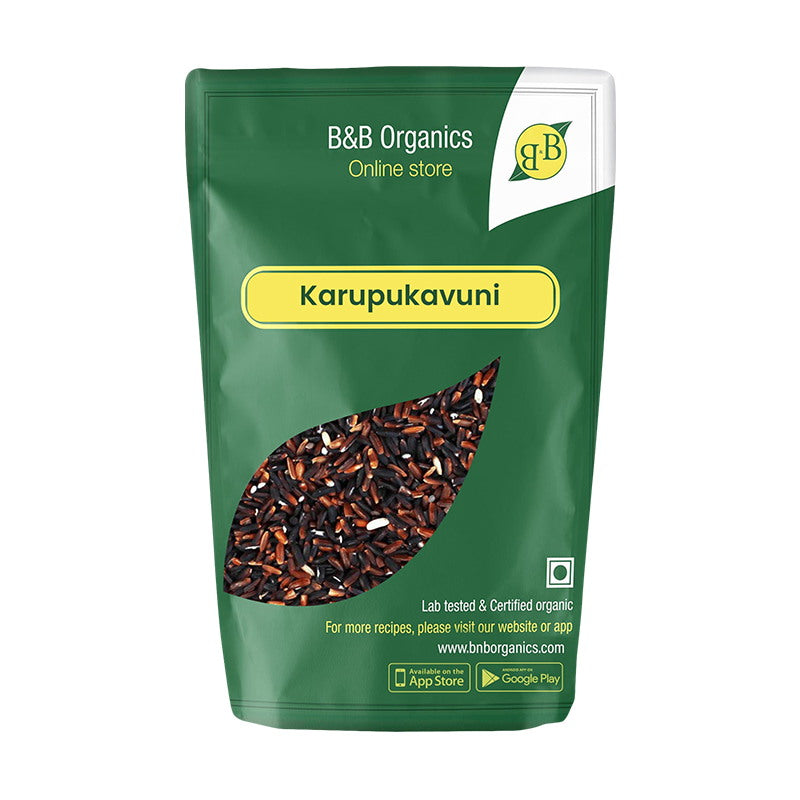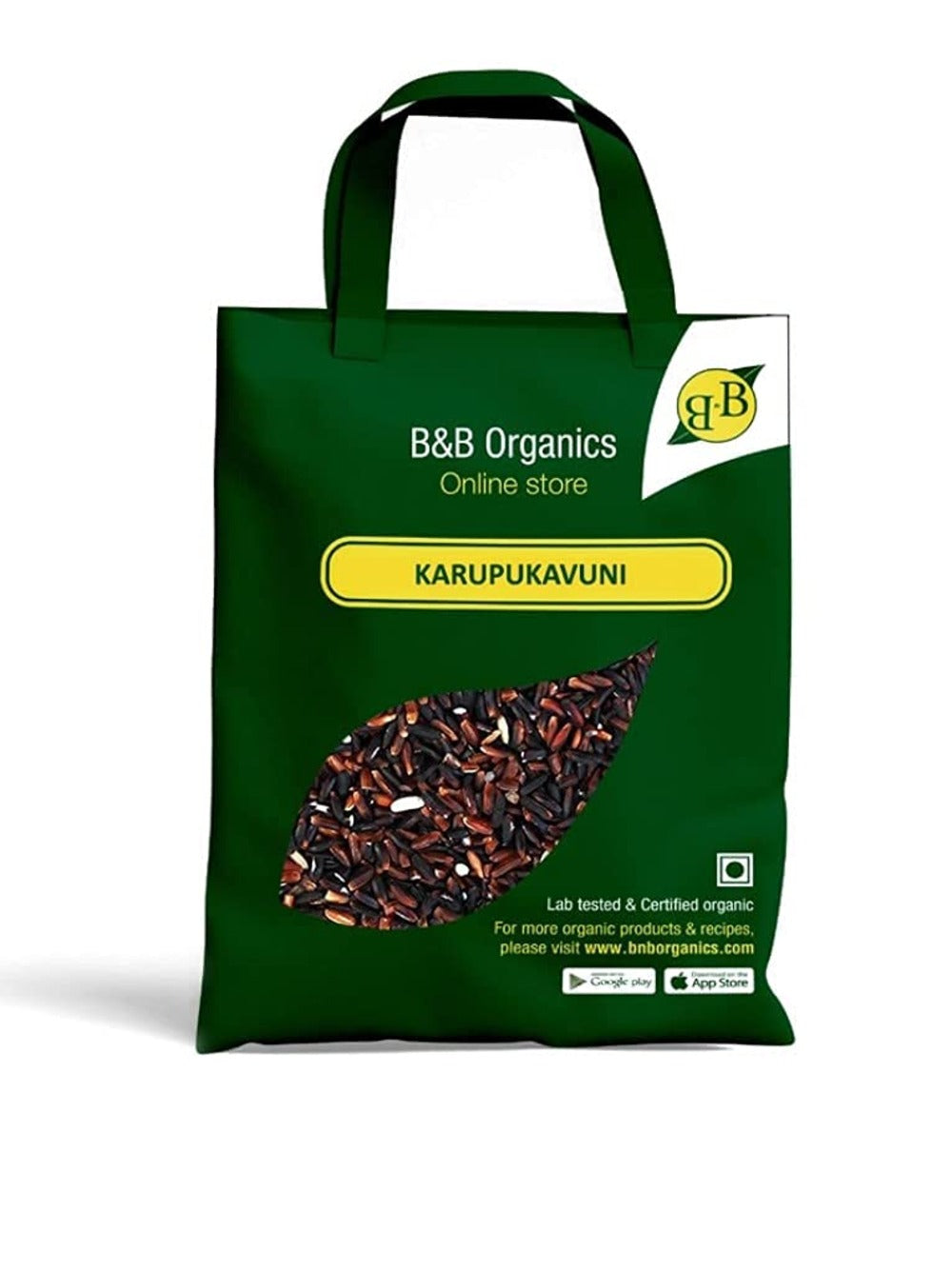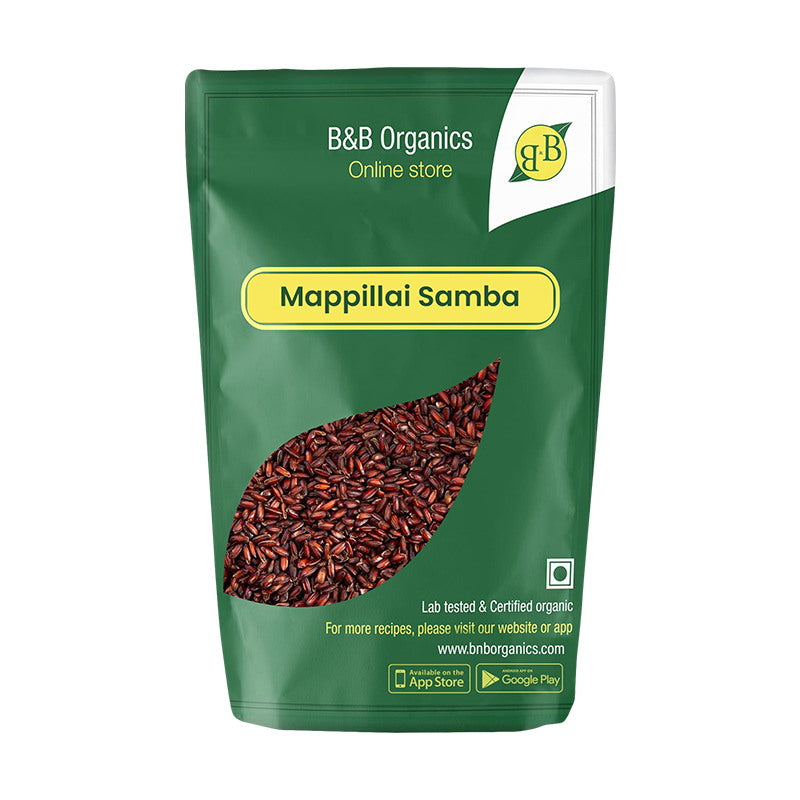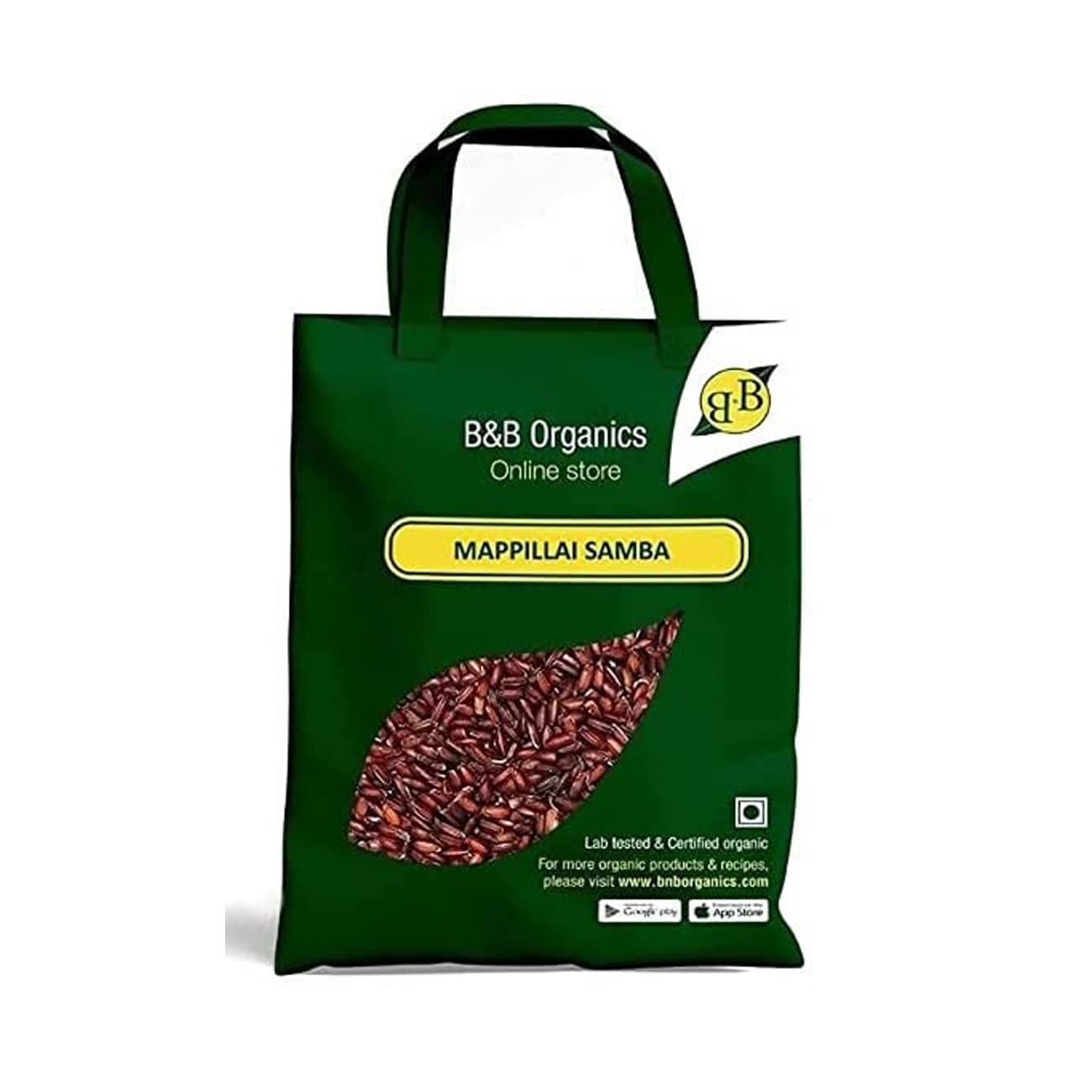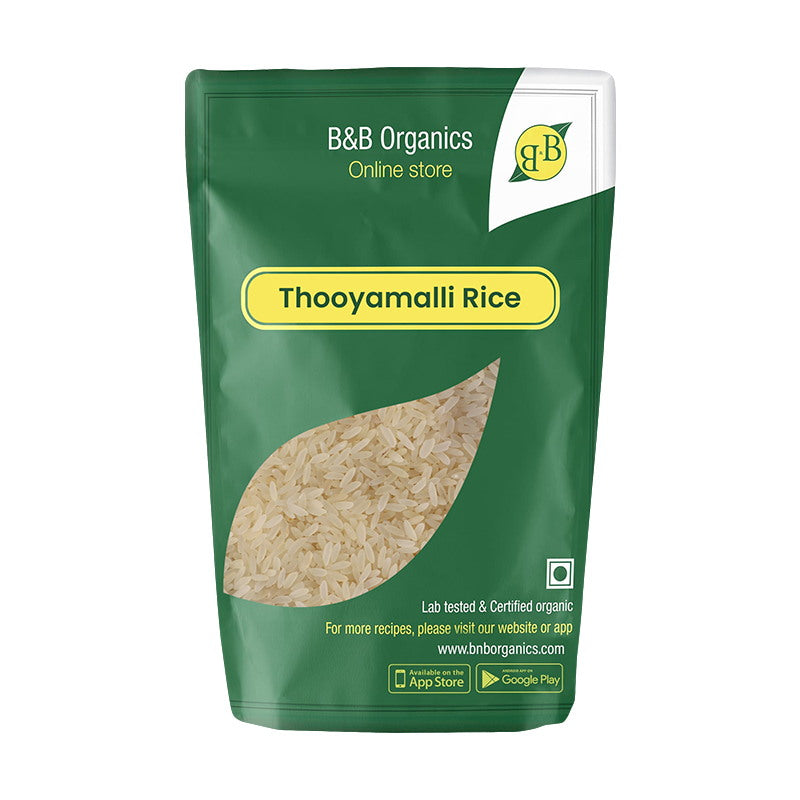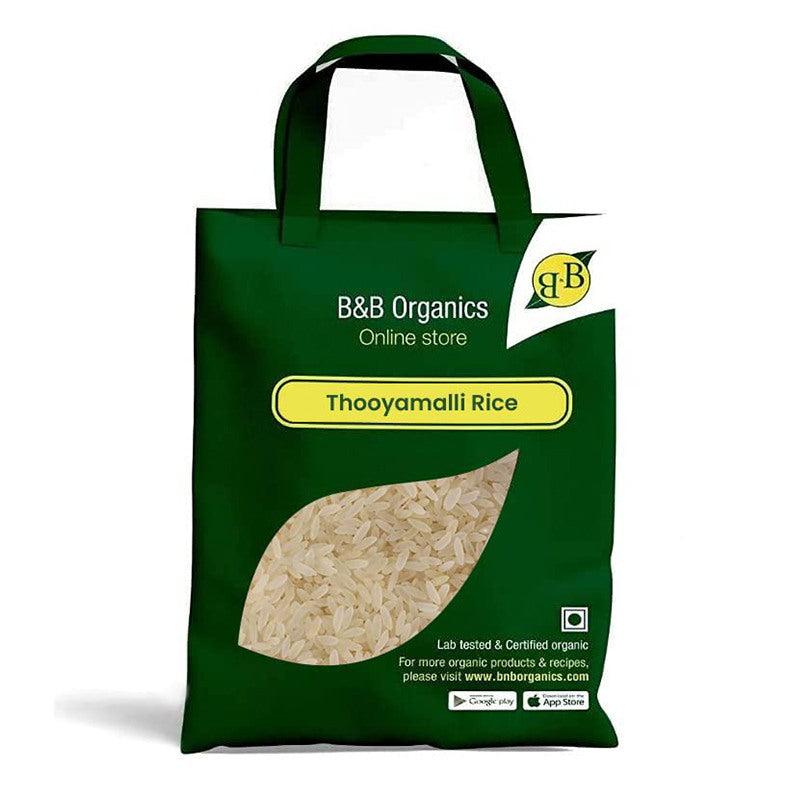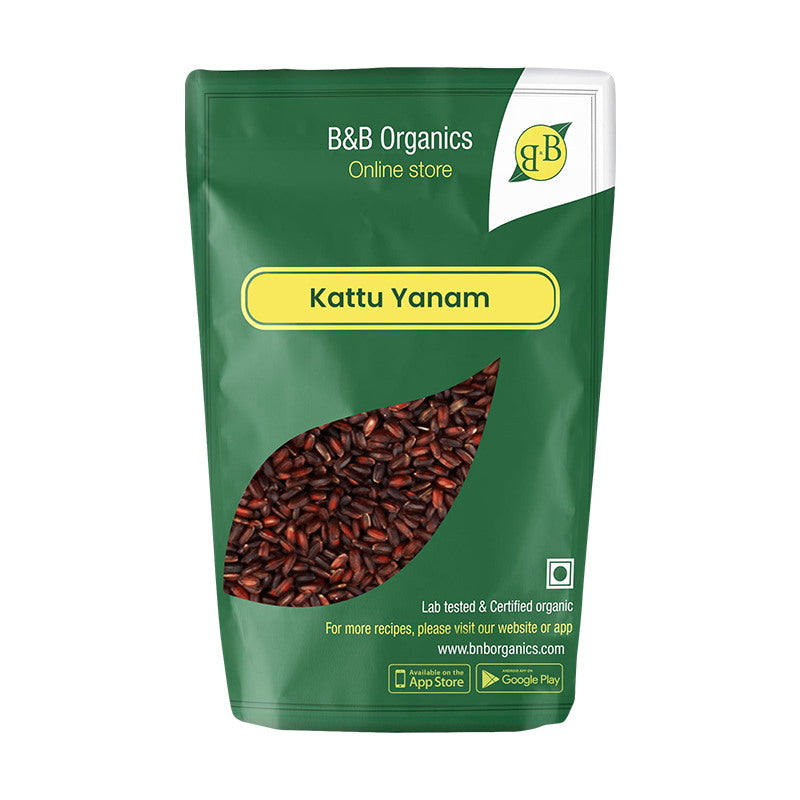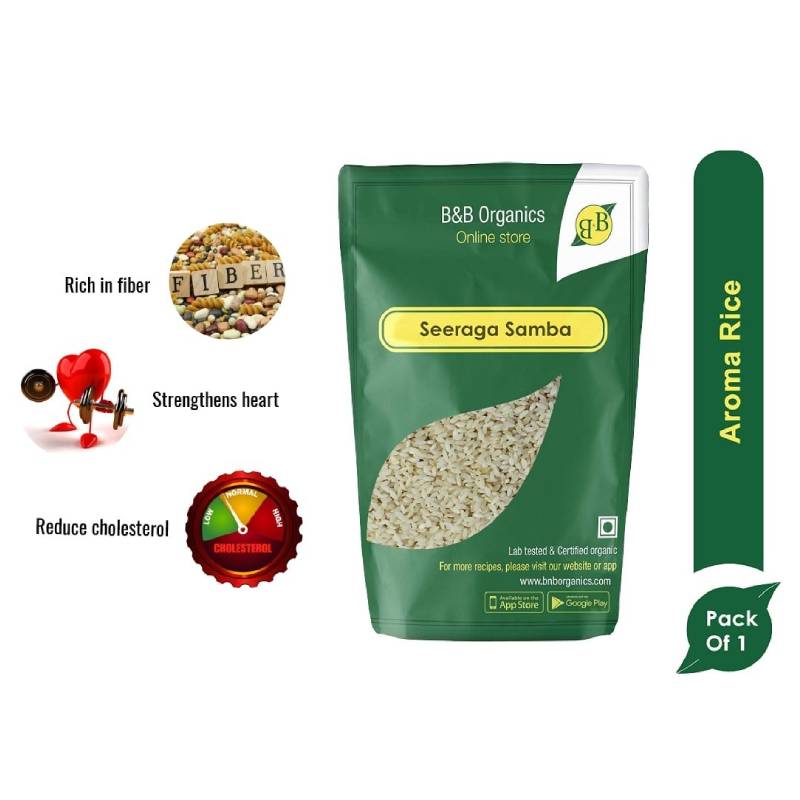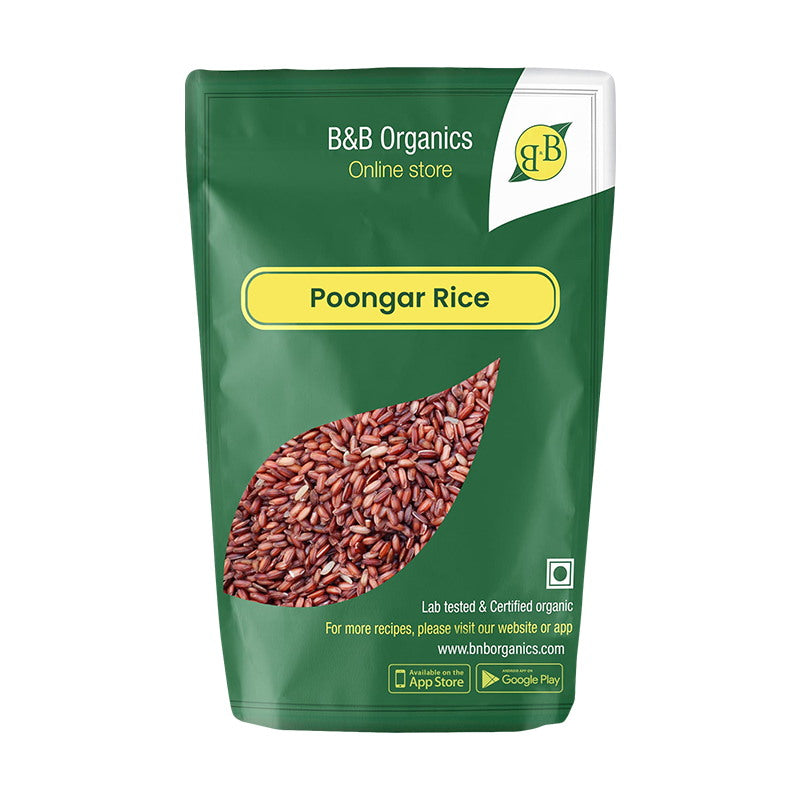Celiac disease is a disorder in which the intestinal tract gets inflamed and injured as a result of gluten consumption. Gluten is a protein found in rye, barley, and wheat. People with celiac disease have to avoid gluten completely to manage their symptoms and prevent further damage to their intestines. However, avoiding gluten can be challenging as it is present in many staple foods, including rice. That's where bamboo rice comes in as an excellent gluten-free alternative for those with celiac disease.
Bamboo rice is a type of rice that is harvested from bamboo plants when they are about to flower. The rice grains are small and resemble glutinous rice, but they have a distinctive green color and a mild, nutty flavor. Bamboo rice is rich in nutrients such as fiber, protein, and vitamins B and E, making it a healthy addition to any diet.
One of the main benefits of bamboo rice is that it is gluten-free, making it an ideal option for people with celiac disease. Unlike regular rice, which may be cross-contaminated with gluten during processing, bamboo rice is naturally gluten-free, making it a safe choice for those who need to avoid gluten. In fact, bamboo rice is a staple food in many Asian countries, where celiac disease is relatively rare, suggesting that it may be an excellent alternative for people with gluten sensitivities.
Another advantage of bamboo rice is its high fiber content. Fiber is essential for maintaining healthy digestion, and it can also help lower cholesterol levels and reduce the risk of heart disease. Bamboo rice contains about twice as much fiber as regular rice, making it a great choice for those looking to improve their digestive health.
Bamboo rice is also rich in antioxidants, which can help protect the body against harmful free radicals that can damage cells and contribute to disease. The antioxidants in bamboo rice are particularly potent, thanks to the plant's unique growing conditions. Bamboo plants are known for their ability to absorb large amounts of carbon dioxide from the atmosphere, which can help enhance the rice's antioxidant properties.
Despite its many benefits, bamboo rice may not be readily available in some parts of the world. It is primarily grown in Asia, where it is a traditional food that has been consumed for centuries. However, with the growing interest in gluten-free diets, bamboo rice is becoming more widely available in health food stores and online retailers.
When cooking bamboo rice, it is essential to follow the same cooking instructions as regular rice. Simply rinse the rice in cold water, then add it to a pot with the appropriate amount of water or broth. Bring the liquid to a boil, then reduce the heat and simmer the rice for about 20 minutes or until it is fully cooked. The resulting rice will be slightly chewy with a nutty flavor that pairs well with many dishes.
In conclusion, bamboo rice is an excellent gluten-free alternative for people with celiac disease. It is rich in fiber, antioxidants, and essential nutrients, making it a healthy addition to any diet. While it may not be widely available in some areas, it is worth seeking out for its unique flavor and nutritional benefits. If you are looking for a gluten-free rice option, consider trying bamboo rice for your next meal.



